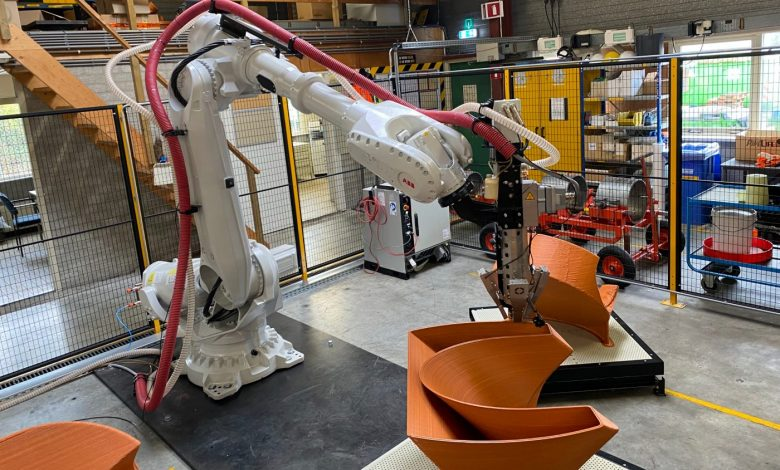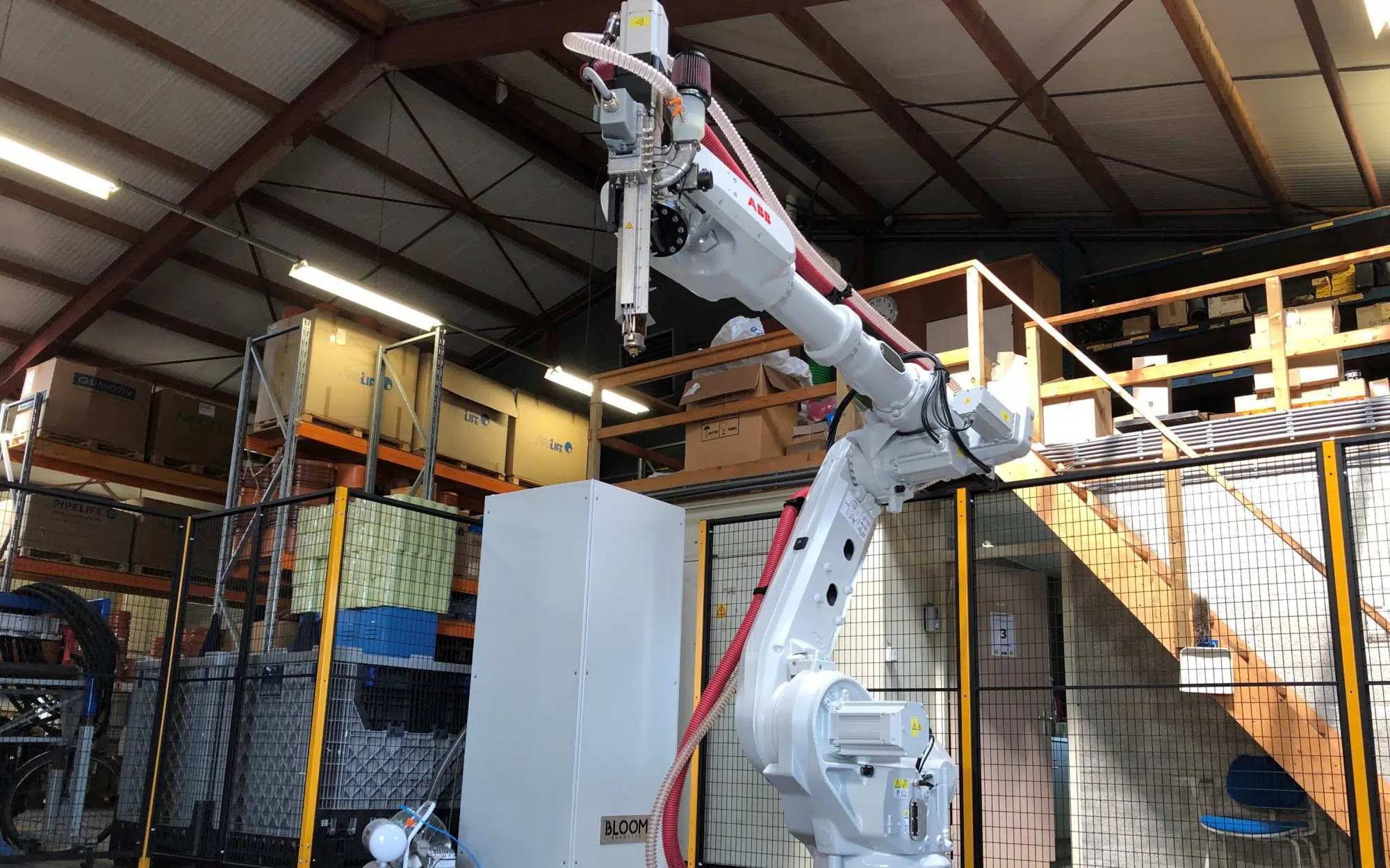Pipelife is the first company to apply automated 3D printing and software to produce customized manhole and inspection chamber flow profiles for drainage systems. After a great deal of development work since the first printer was introduced 1.5 years ago, Pipelife is preparing to roll out 3D printing to the whole Group. This will significantly improve efficiency and precision in the production of polypropylene (PP) flow profiles, ensuring clients increased availability and product quality.
With the fully automated 3D printing technology to produce flow profiles for manhole and inspection chambers, Pipelife can efficiently increase its availability for its clients’ drainage requirements. Thanks to the new 3D printer setup, the company can sequentially produce flow profiles without human interference, producing multiple flow profiles at once. Due to the increased production speed and the possibility to run the printer 24/7, it is possible to handle more orders in a shorter period of time. Thus, improving drainage services for clients.

Furthermore, the 3D printer allows Pipelife to provide optimized hydraulics, fully tailored to each project’s specifications. The connected software that had been developed together with Pipelife’s partnering software company calculates and draws a profile within 20 minutes. With improved hydraulic characteristics the risk of stagnant storm- or wastewater or even blockages can be significantly reduced. Thus, it minimizes the possibility of unexpected additional costs.
Manufacturing on Demand
“We are worldwide the first company to introduce 3D printing technology in manufacturing. I firmly believe we are setting a new standard for efficient, precise, and safe production. Automated 3D printing is a good example of the benefits of industry 4.0 technologies in production,” said Harald Schwarzmayr, CEO at Pipelife.
Apart from the key benefits for clients, the safety aspect also played an important part in replacing manual production with 3D printing. There are many cases when non-standard connections are required for inspection chambers and manholes. “Usually, you would need to cut the non-standard connections manually which bears the risk of accidents,” explained Ton Schoenmaker, International Project Manager at Pipelife’s R&D department. “However, with automated 3D printing technology, we reduce or even eliminate injuries,” he confidently stated.
An improved 3D printer with additional automated functions was set up at Pipelife Netherland’s plant in the summer of 2021. Since the implementation of the 3D printer, it has significantly improved production speed and precision. Further improvements on the 3D printer, such as additional automatization of the whole setup are in the pipeline. Once these are completed at the beginning of 2022, 3D printing will be implemented across the Group.
* This article is reprinted from 3D Printing Media Network. If you are involved in infringement, please contact us to delete it.
Author: Davide Sher



Leave A Comment